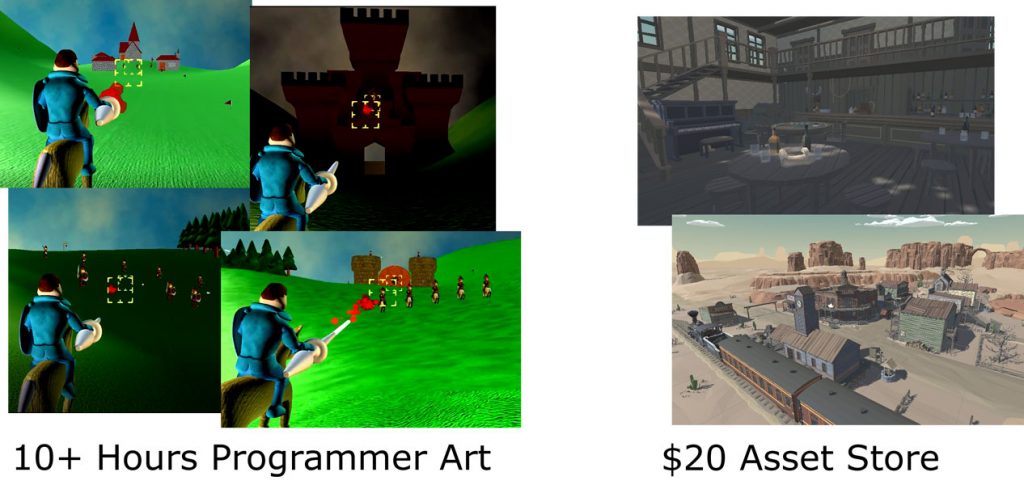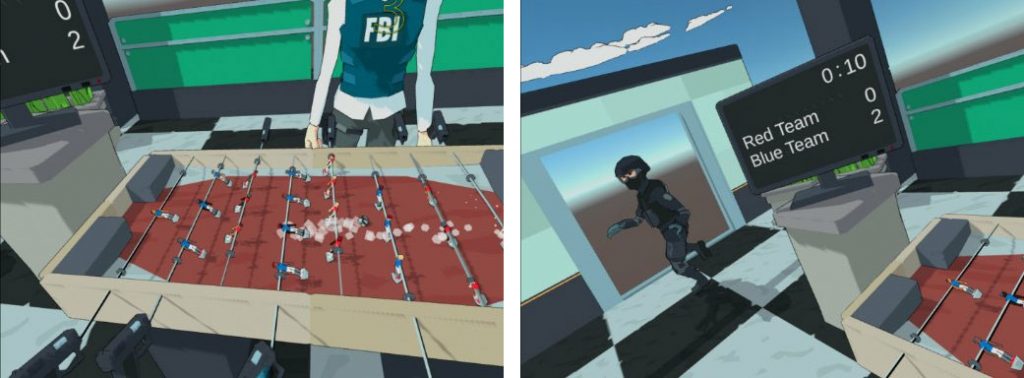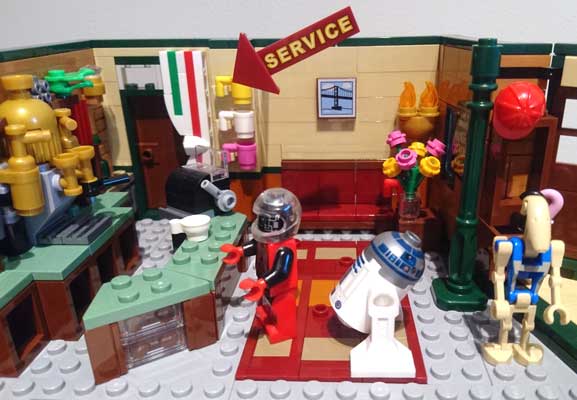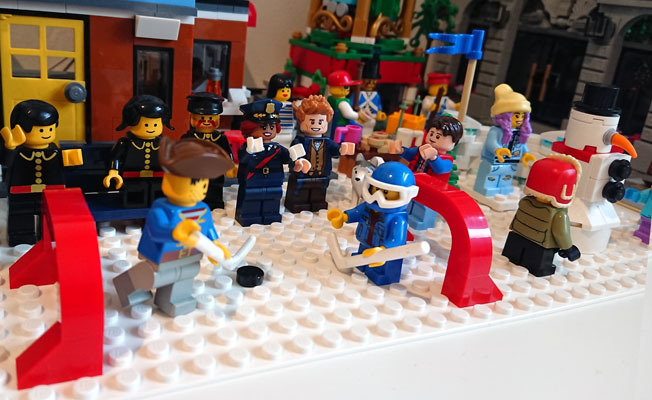Like many I have been amazed by how far VR has come. Though current headsets still lack the resolution to truly fool the eye, I have been impressed how some VR games are so immersive and engaging to at least suspend the disbelief for a time.
Over 10 years ago I developed and published five games on Xbox Live Indie Games (XBLIG) channel and since buying a VR headset earlier in the year I have been tinkering with creating my own VR games.
My XBLIG games were written in C# using the XNA framework which stopped being actively developed in 2013. Now I have started afresh using the Unity game engine and the surprisingly still familiar C#. With a 10 year interim, arguably I have been a “beginner” twice now. Here I reflect on the differences in available resources between the two.
More documentation / tutorials
I’m not wanting to say anything bad about the resources available back then, there was still a lot of helpful people publishing resources. But it comes as no surprise there are a lot more now. Notably Unity’s premium education tier is now free. I’ve always found downloading sample projects the best way to learn. Run the code, change it, run it again, and you soon drill down through the layers and figure out how it works.
Indeed the are sample projects now that are small full games. With Unity’s starter kits it is possible to make games without writing any code yourself. Personally I think learning object oriented programming and understanding inheritance & polymorphism is critical to truly understanding how modern games work but there are a lot more resources for that too now.
Asset stores
I made most of the assets for my XBLIG games as at the time there was little alternative. Asset stores did exist but with high prices and very little similar content. If you wanted to fill out a 3D room or a small exterior village you could just about do that for a couple of hundred dollars but for a whole indie game it was not possible.
I have been truly amazed by what assets are now available, what’s more many artists bundle hundreds of themed models up into packs making it easy to keep a consistent visual theme across your game. I do wonder how 3D artists & animators are making any money out of this but these low prices allow me to make things I want to make.

An unfortunate side effect of these great value high quality packs is the emergence of the “Asset Flip” “game”. There are a number of very bad products on steam where “developers” literally downloaded assets and dropped them into a sample project whilst adding no game-play functionality. I can’t condone those products and hesitate to call them games but I hope they don’t taint asset store content. I do intend to put asset store products in my games to add to the scenery and immersion of the game but I do hope that doesn’t get me labelled as an asset flipper.
Monetisation is harder now
I firmly believe the main reason XNA was successful was how easy it was to get your game into people’s living room. Though early days of digital content delivery, Valve had proved it could be successful some years earlier and Xbox’s Arcade channel had shown appetite for downloads on console too. Near-infinite shelf-space of digital stores, XBLIG gave hobbyists access to a (small) market on a trusted widely distributed platform.
By contrast today it is perhaps easier to publish on PC in that Steam has gone from strength to strength whilst opening up their store, but gamers rightly have higher expectations than 10 years ago and the Steam community is well aware of the flood of low quality games. The bottom 90% of the market is largely ignored.
The Sequel no-one asked for…
It is no doubt significantly easier now to make a better quality game than it was 10 years ago but I would argue harder to make income from it. Up side of this it’s much easier to make games in your spare time now, I find I can pick up a project and get developing straightaway where as previously it would take a good few minutes to recall how I’d architected particular data structures and organised my class hierarchy to even know which file to start editing.
I’ve taken advantage of this and have been developing a long-overdue sequel, TabeBALL 2 VR, and already have a very playable prototype. Made with Unity, runs on Oculus Quest & Rifts.

I made the first TabeBALL for XBLIG as a learning exercise. The physics were quite simple and it allowed me to begin to develop a range of skills including 3D modelling and photoshop whilst simultaneously enhancing my programming skills learning C# and the XNA framework. It is for similar reasons I make TabeBALL 2 VR.
Last time I cut planned features down to what I knew I would be able to build in a reasonable timeframe. Now the resources available allow me to make the game I wanted to build. The imaginable yields less to the practical.
I can’t imagine this game ever making it to a market place, I feel hobbyists gain more from giving their game away for free, getting more people playing it and learning what makes it fun. Subsequently I hope to have a free demo of TabeBALL 2 VR published soon.

